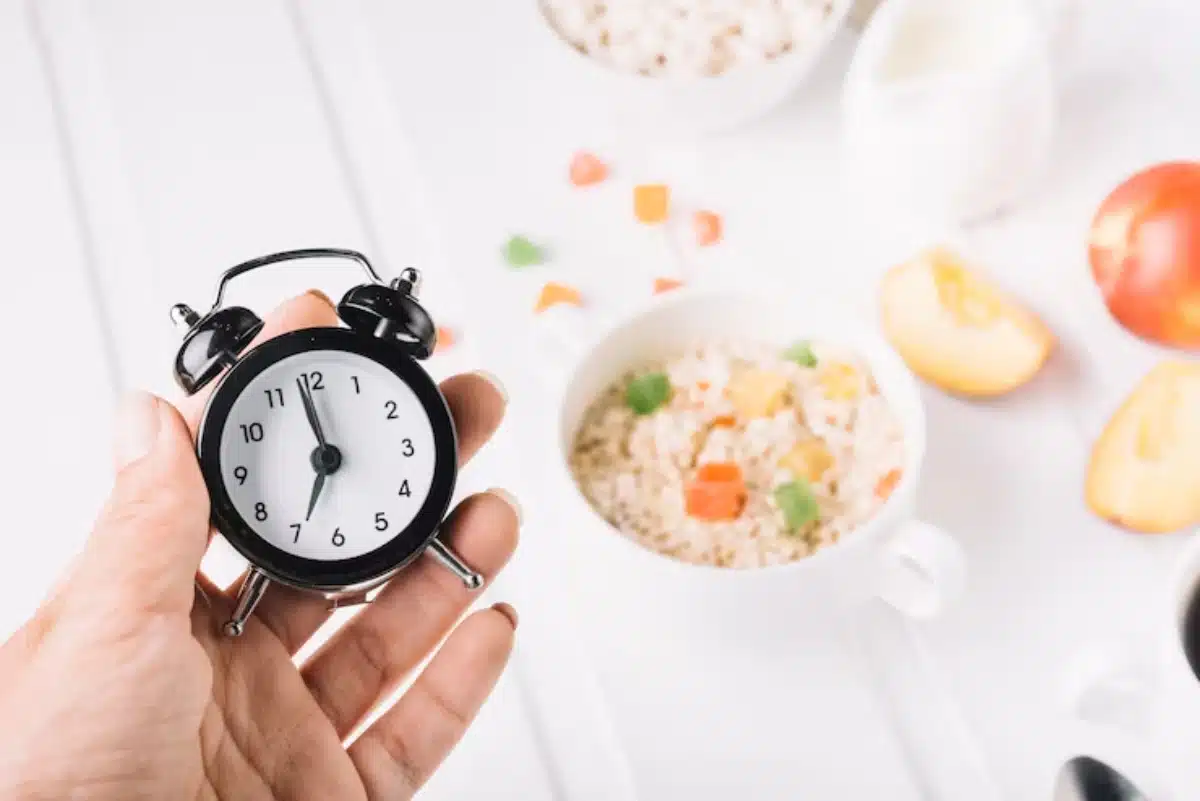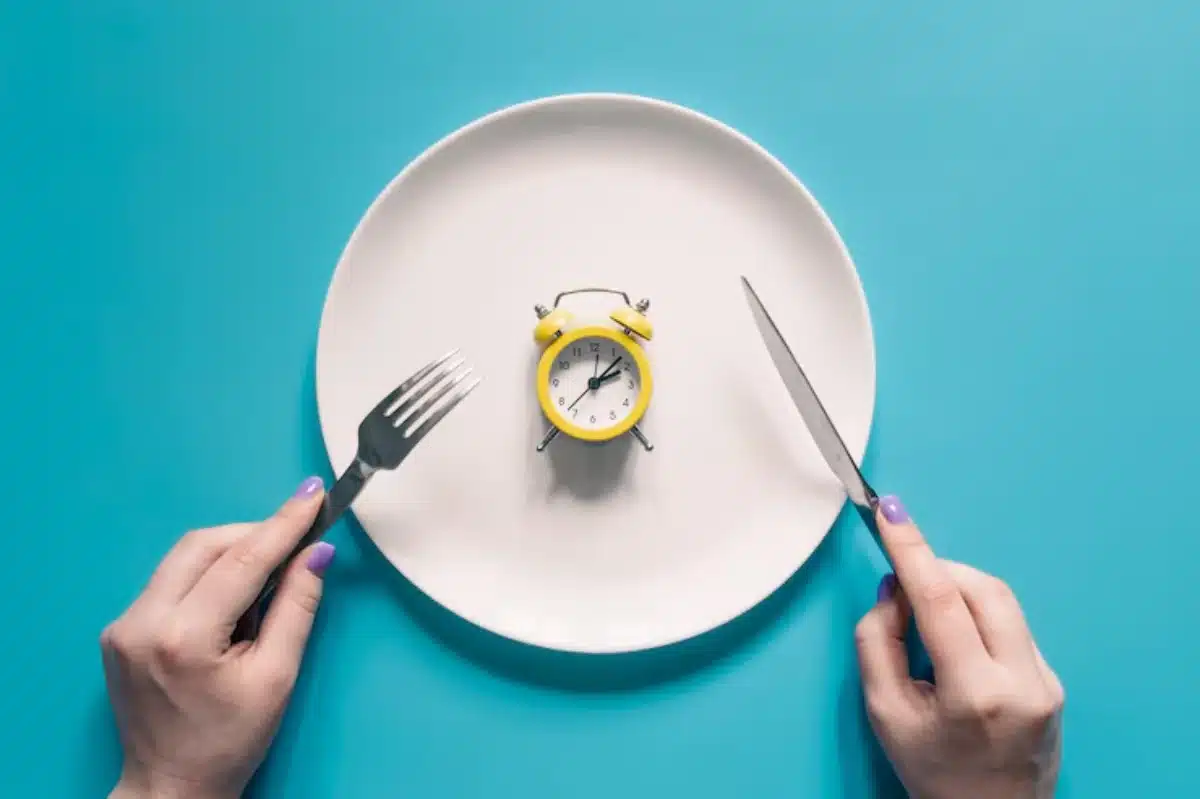
How to Start Intermittent Fasting: A Step-by-Step Guide
Ever feel like you’re eating all day but still never full? Or perhaps you’re tired of complicated diets that promise results but are impossible to stick with? If so, intermittent fasting could offer a refreshingly simple solution.
This guide is designed for the fasting beginner who’s eager to find a sustainable, science-backed way to improve health, manage weight, and regain energy. We’ll walk you through everything you need to know to get started with a realistic and flexible fasting plan that actually fits your life.

Understanding Intermittent Fasting
At its core, intermittent fasting (IF) is an eating pattern that cycles between periods of eating and periods of fasting. It doesn’t tell you what to eat—it focuses on when you eat.
Unlike traditional calorie-restricted diets, IF simplifies your daily routine.
Common fasting windows include:
- 16:8: Fast for 16 hours, eat during an 8-hour window
- 14:10: Fast for 14 hours, eat for 10
- 5:2: Eat normally five days a week, reduce calories significantly on two days
Why It Works
During fasting, insulin levels drop, and the body taps into stored fat for energy. This metabolic switch can enhance fat burning, improve energy levels, and support hormonal balance.
What the Science Says
Research from Harvard and Johns Hopkins has shown that intermittent fasting can support:
- Weight loss and fat reduction
- Better insulin sensitivity
- Reduced inflammation
- Improved mental clarity and focus
- Lower risk of chronic diseases like type 2 diabetes and heart disease
But what truly makes fasting effective is its simplicity and customisability.

Quick Guide: Getting Started with Intermittent Fasting
- Choose a Fasting Window: Start with 12:12 and gradually build to 16:8
- Stay Hydrated: Drink water, black coffee, or herbal teas during fasting
- Break Your Fast Gently: Choose nutrient-dense, whole foods
- Be Consistent: Stick to your plan for at least 2 weeks
- Listen to Your Body: Adjust as needed—flexibility is key

Step-by-Step Guide: How to Practise Intermittent Fasting
1. Set Your Why
Before jumping in, know your motivation. Are you doing this to lose weight? Improve focus? Balance hormones? Defining your “why” gives your journey direction and purpose.
2. Choose the Right Fasting Plan
If you’re a complete beginner, avoid starting with a long fast.
Try:
- 12:12 for a week (e.g. 8 AM–8 PM eating window)
- Shift to 14:10 or 16:8 once your body adjusts
Different lifestyles may call for different plans. A customised routine may work better for shift workers or night owls.
3. Prepare Mentally and Practically
Change always comes with resistance.
Ease into fasting by:
- Eating whole, balanced meals before your fasting window begins
- Planning your eating window around social and work life
- Informing those around you, so they can support your journey
4. What to Consume While Fasting
Stick to zero-calorie drinks during your fasting window:
- Water (sparkling or still)
- Black coffee (no milk or sugar)
- Herbal teas
Avoid anything that spikes insulin—that includes juices, milk, and even chewing gum in some cases.
5. Break Your Fast with Intention
The first meal after fasting sets the tone.
Opt for:
- Healthy fats (avocados, nuts)
- Lean proteins (eggs, chicken, legumes)
- Complex carbs (brown rice, oats, vegetables)
Avoid high-sugar or ultra-processed foods, as they can lead to energy crashes.
6. Monitor and Adjust
Track how you feel:
- Are you energised?
- Is your sleep improving?
- Do you feel less bloated?
If fasting feels stressful or unsustainable, scale back or try an alternate approach like the 5:2 method.
7. Stay Consistent, Not Perfect
Some days you’ll break your fast early or skip your window. That’s okay. The real magic is in the long-term pattern, not perfection.
Pro Tip: Start your fasting journey on a weekend when you can rest and experiment without work stress.
Important: Women may respond differently to fasting. Some may benefit from shorter fasting periods (e.g. 12–14 hours).
Warning: Avoid intermittent fasting if you are pregnant, breastfeeding, underweight, or have a history of eating disorders. Always consult your GP before starting.
Best Practices & Additional Insights
Fasting and Social Life
Are you worried about social meals? You can still enjoy them by shifting your window earlier or later as needed. A flexible mindset makes fasting sustainable.
Building a Supportive Environment
Join online communities, follow fasting podcasts, or connect with friends doing the same. Shared goals keep motivation high.
Pairing Fasting with Other Healthy Habits
Fasting is more powerful when combined with:
- Daily movement (e.g. walking, yoga)
- Sleep hygiene
- Whole food nutrition
Want to learn how to pair your eating schedule with exercise? Our detailed guide on combining fasting with fitness can help.
Real-Life Case: Sarah, 38
A full-time teacher and mum of two, Sarah started with 12:12 and built up to 16:8 over six weeks. Her biggest takeaway?
“It gave me structure without pressure. I don’t snack mindlessly anymore, and I feel clearer in my head.”
FAQs
How long should a beginner fast?
Start with 12 hours of fasting and increase gradually to 14 or 16 hours as your body adapts.
Can I exercise while fasting?
Yes, but begin with light workouts. Many find that fasted exercise improves endurance and fat burning.
What happens if I feel dizzy or weak?
Break your fast gently with a small snack. Stay hydrated and monitor symptoms. If problems persist, consult a healthcare professional.
Is fasting safe for everyone?
No. People with certain medical conditions, or who are pregnant, breastfeeding, or underweight, should not fast without medical guidance.
Will fasting slow down my metabolism?
Short-term intermittent fasting has been shown to maintain or even slightly increase metabolic rate, not reduce it.
Ready to Reset Your Eating Rhythm?
Intermittent fasting isn’t about strict rules or punishing hunger. It’s about finding a rhythm that supports your health, your focus, and your lifestyle. If you’re a fasting beginner, you don’t need to have it all figured out from day one.
Start small. Be kind to yourself. And most of all, listen to your body. The goal isn’t perfection—it’s progress.
Looking for more support? Our 30-day fasting experiment offers a firsthand look into what to expect, from doubts to breakthroughs.


